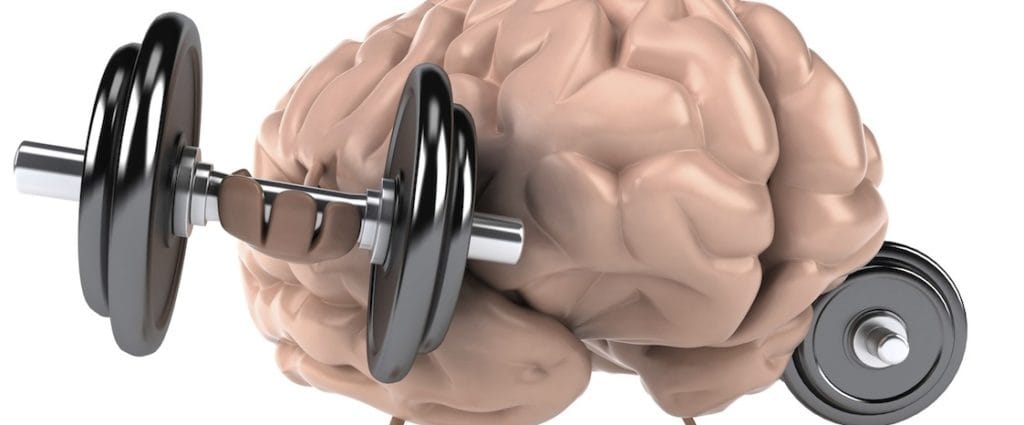The chronic, excessive pattern of alcohol consumption associated with alcoholism is known for its ability to damage several key aspects of brain function. One of the most common indicators of alcohol-related brain damage is a loss in the volume of tissue contained in the brain’s main structures. In a study scheduled for publication in 2014 in the journal Addiction Biology, researchers from two U.S. institutions sought to determine how quickly brain volume increases in recovering alcoholics who successfully abstain from drinking for more than half a year.
Alcoholism
Alcoholism is the physically dependent state that occurs when repeated exposure to excessive amounts of alcohol leads to enduring changes in the brain’s baseline chemical environment. Affected individuals experience a range of problems that commonly include uncontrolled participation in drinking, repeated urges to keeping consuming alcohol (i.e., alcohol cravings), the need to drink in larger amounts over time (i.e., alcohol tolerance), devotion of significant life resources to alcohol-related concerns (e.g., drinking and recovering from drinking bouts), recurring exposure to serious alcohol-related harm and the development of withdrawal symptoms when intake falls too low to meet the requirements of physical dependence. Some of these problems also appear in more or less identical form in non-dependent people involved in a detrimental pattern of alcohol abuse. For this reason, the American Psychiatric Association officially considers alcoholism and alcohol abuse as separate aspects of the same condition: alcohol use disorder. Depending on the number of symptoms present (out of a possible 11), this disorder manifests in mild, moderate or severe form.
Impact on the Brain
Doctors and researchers sometimes use the term alcohol-related brain impairment (ARBI) to refer to the damaging impact that repeated excessive exposure to alcohol can have on the brain’s ability to function. Some of this impact stems directly from alcohol’s poisonous effects on the brain and the associated spinal cord. Other potential pathways to ARBI include alcohol-induced nutritional deficiency, alcohol-induced changes in the way the body processes energy and alcohol-induced changes in the body’s cardiovascular (heart and blood vessel) function. Areas of the brain most likely to undergo damaging alteration in people affected by alcoholism include the frontal lobe—which plays a critical role in such higher-level mental skills as the ability to think logically and the ability to exert behavioral control—and the cerebellum, which gives the brain its ability to control and coordinate muscle movements.
Effects of Alcohol Abstinence
In the study scheduled for publication in Addiction Biology, researchers from the San Francisco VA Medical Center and UC San Francisco used magnetic resonance imaging (MRI) scans to examine the brains of a group of people who abstained from alcohol while recovering from alcoholism. Each study participant underwent MRI testing one week after achieving alcohol abstinence, one month after achieving alcohol abstinence and seven and a half months after achieving abstinence. The researchers conducted multiple scans because they wanted to track the changing state of the recovering brain over time, rather than just looking at the brain at a single point in time during the recovery process. The researchers concluded that, overall, the recovering alcoholics who successfully avoided drinking experienced significant increases in the volume of several key brain areas, including the frontal lobe and the cerebellum. These increases appeared in both the gray brain matter that contains active nerve cells and the white brain matter that helps pass the signals between the active nerve cells. When the researchers looked more closely at the positive changes in gray matter volume, they concluded that most of these changes occurred in the three-week span between the end of the first week of abstinence and the end of the first month of abstinence. The positive changes in white matter volume occurred at a fairly consistent pace throughout the seven and a half months of abstinence. The study’s authors note that older recovering alcoholics who smoke cigarettes typically experience smaller increases in the volume of their gray matter than their age contemporaries who don’t smoke cigarettes. They also note that recovering alcoholics who abstain from drinking for several months still have generally lower brain volume than other adults who were never affected by alcoholism. However, the volume of one brain area – the frontal cortex – is roughly equal in recovering alcoholics with an established pattern of abstinence and the general adult population.

